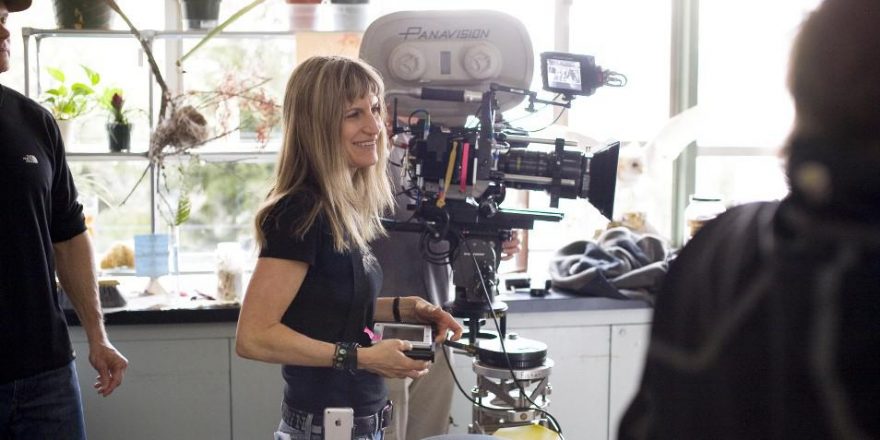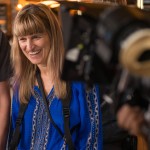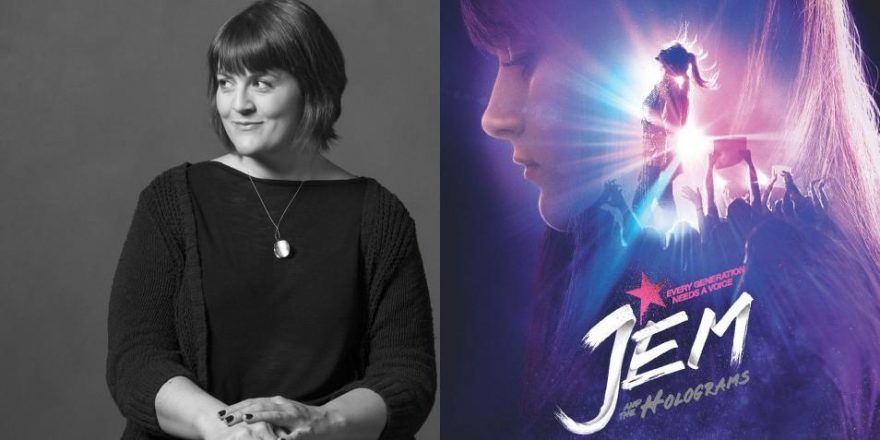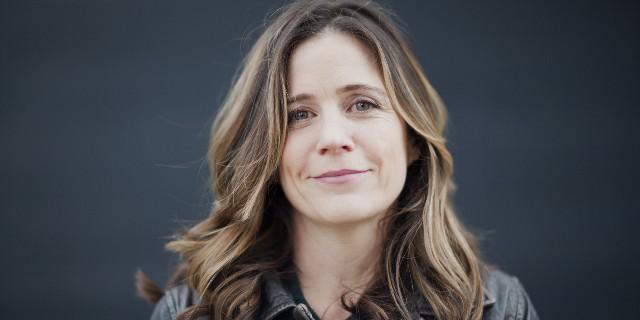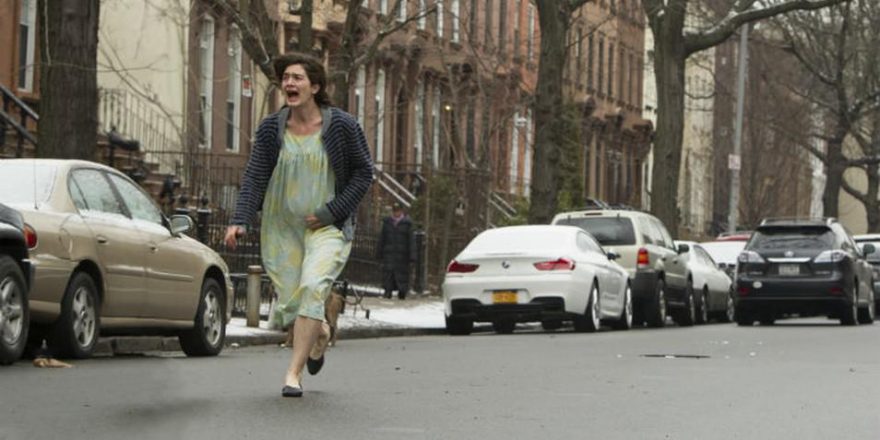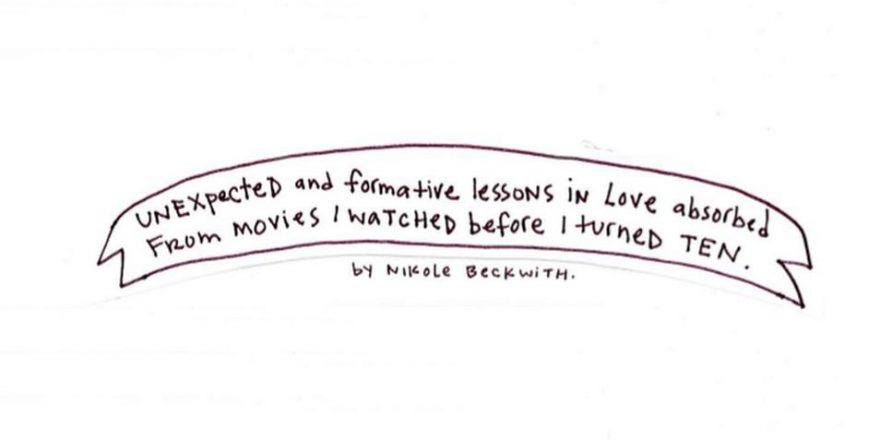Is this a good year for women? Amy Schumer answered this question recently on Saturday Night Live with a resounding “NO!” And she is right, if you look at the hard, cold facts: four percent of the 100 highest grossing films are directed by women. Seven or eight percent of all films released and 16 percent of all TV episodes are directed by women. The statistics for writers, producers, crew and actresses, and pay disparity are all shocking – yet women make up at least 50 percent of the population and have huge buying power. The film business has one of the worst gender report cards of all industries.
When we read detailed studies about the “leaky pipeline” for women directors who make it into Sundance and how their films are treated in the marketplace, it gets depressing. The gender gap widens when the female-directed films statistically get smaller releases in fewer theaters with less advertising dollars to promote their films. Then the now-famous (thanks to Meryl Streep) film critics’ bias kicks in. Meryl studied the makeup of Rotten Tomatoes film critics and found that there are only 168 women but 760 men – so there is a gender bias and stereotypical viewpoint that “dictates” what films people choose to go see.
It’s a self-perpetuating loop: women’s films don’t get equal distribution or equal advertising dollars or equitable critical acclaim (they can be derided as a “chick flick”), so they make less money, and so studio executives and financiers can justify not hiring more women – because they haven’t made as many profitable films as their male counterparts. And even when women do make highly profitable films (like the first Twilight movie, in my case), they still aren’t hired for more films with bigger budgets like male directors with similar track records.
How do we change this cycle that we have been reading about for 20 years? It’s getting boring to hear these same old statistics! And it’s 2015!!!
First, we have to understand how unconscious gender bias affects us. I used to think it was “just me” – I didn’t work hard enough, I wasn’t good enough, I couldn’t figure out the system, I cared too much, etc. … Then I started reading the amazing studies that are detailed in Sheryl Sandberg’s book Lean In. Especially striking is the “Heidi vs. Howard” case study. The same resumé detailing the career of a venture capitalist was given to two groups – the only difference was that one resumé was labeled “Heidi” and the other “Howard.” The groups rated Howard as an appealing colleague, but Heidi was seen as selfish and not “the type of person you would want to hire or work for.” There was no difference in the description or the details – except the gender.
Sandberg continues with: “When a man is successful, he is liked by both men and women. When a woman is successful, people of both genders like her less… Heidi violated our stereotypical expectations of women. Yet by behaving in the exact same manner, Howard lived up to our stereotypical expectations of men… When a woman excels at her job, both male and female coworkers will remark that she may be accomplishing a lot but is ‘not as well-liked by her peers.’ She is probably also ‘too aggressive,’ ‘not a team player,’ ‘a bit political,’ ‘can’t be trusted, or ‘difficult.’” Sheryl describes female executives as having to walk a minefield.
If a female director has a vision and defends it, she is often labeled “difficult,” while a male director is “passionate.” If a female director displays strong feelings in front of others, a female director is “emotional.” I know of at least two instances where a male director cried on set and he received a standing ovation for being “sensitive.”
Jill Soloway, the creator of Transparent, has spoken out about this issue: “You know how they used to tell women that if you have to cry, to go to your car, to go to the bathroom? On my set, I say if you can’t cry, you’re a liability. If you can’t cry, you can’t feel and if you can’t feel, you better not be holding my camera for me. The camera is recording images of humans — skin and water moving over muscles and bone — that is feelings. And I’m just curious, how did the world of men convince us that feelings are their specialty? Feelings are our thing. They’re our thing.”
When I read this – a flood of conversations came back to me: respected women in the industry telling me that a woman could not cry. Ever. “Men don’t want to be reminded of their wives, their girlfriends, or their mothers.” It had been reported that on an especially tough weather day on Twilight, I had gone behind a tree in the forest and shed tears for 30 seconds. I then returned to the set and finished the day on budget, on schedule, but I was condemned as “emotional.”
I asked these producers and executives why it was unacceptable for a female director to cry in private when it was acceptable for male directors to yell and verbally abuse crew members, to physically get into fights, to appear on set completely unprepared with no idea of what they were shooting, to go over budget by millions of dollars, to go over schedule by up to a month, and to fire actors and crew members. (I was the production designer on a movie where a male director fired 95 crew members and he was immediately hired for another movie by the same production company.)
Women are getting braver and braver about speaking out about these and other double standards in the industry – including salaries, types of roles, age discrimination, etc. Patricia Arquette, Jennifer Lawrence, Maggie Gyllenhaal, Amy Schumer, Meryl Streep, Salma Hayek, Ava DuVernay, Geena Davis, Lena Dunham, Helen Mirren, Viola Davis, Gina Rodriguez, Halle Berry, Amanda Seyfried, Keira Knightley, Anna Kendrick and so many others are talking about this! Even Bradley Cooper and numerous other men are trying to find solutions.
This year could be the tipping point. People are starting to understand the problem and propose changes. Google changed their gender policies, hired more women, and increased their productivity and profits. Lifetime made a concentrated effort to hire more women directors and in one year went from 20 percent to 44 percent – with great success. Their five top-rated films were all directed by women!
If every producer, financier, every studio, every network and every agency would make a conscious effort to achieve gender parity (and stop making excuses or justifications), this conversation could end in a year. For every male director you back, back a female director. For every male writer you hire, hire a female writer. For every male-driven film, back a female-driven film. For every short list that an agency sends to a studio suggesting directors or writers, make it 50/50. Don’t say, “We tried to hire a female director, but we couldn’t find one.” This is just not true. You might have to make a bit more effort, but every single year there are dozens of strong films directed by women that somehow fight the odds and get made and get into film festivals – and usually get ignored.
The facts show that female-oriented projects are profitable. I encourage our industry to be brave, get ahead of the ACLU initiative, become an early adaptor, lead the charge, be on the right side of history. Show that gender parity and inclusivity is possible and desirable and important!!!



